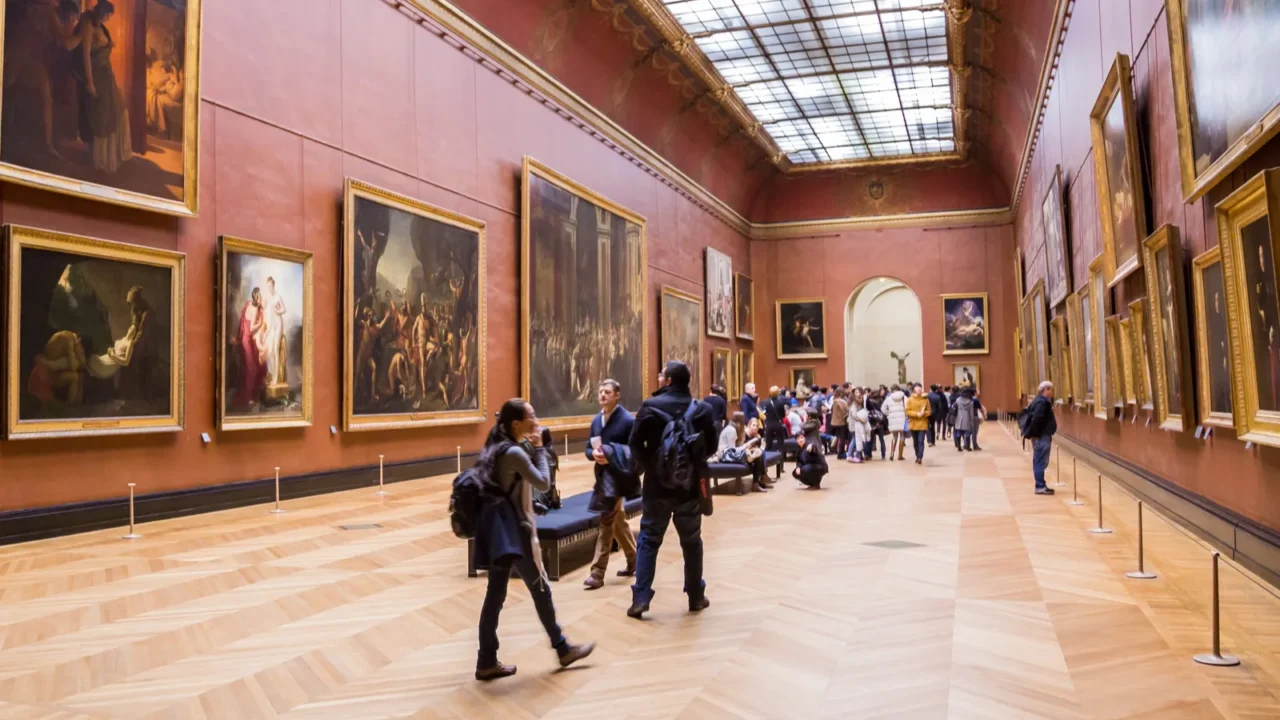
A bold heist shakes the Louvre
On October 19, 2025, the Louvre Museum in Paris became the target of a high-stakes robbery. Thieves used a truck-mounted ladder to scale the building’s second-floor balcony, entering through a window in the Apollo Gallery.
In around four minutes, investigators say the thieves grabbed the jewels. The swift operation has raised concerns about the vulnerability of even the most renowned cultural institutions, sparking debates on museum security worldwide.

A heist for the ages
The thieves targeted valuable jewels, which can be melted down and sold quickly on the black market. Unlike paintings, jewels like the ones stolen can be melted down and sold quickly.
This shift in tactics marks a new trend in museum robberies, moving away from high-profile paintings toward smaller, valuable artifacts with higher resale potential.

A cinematic escape
The thieves escaped on Yamaha T-Max scooters, speeding along the Seine River. The police found discarded tools, including gasoline-powered disc cutters and gloves, showing the preparations that had been used to commit the crime.
Among the evidence left behind was an ornate crown, part of the Napoleonic treasures. This item, featuring diamonds and emeralds, was damaged during the theft but was found near the crime scene.
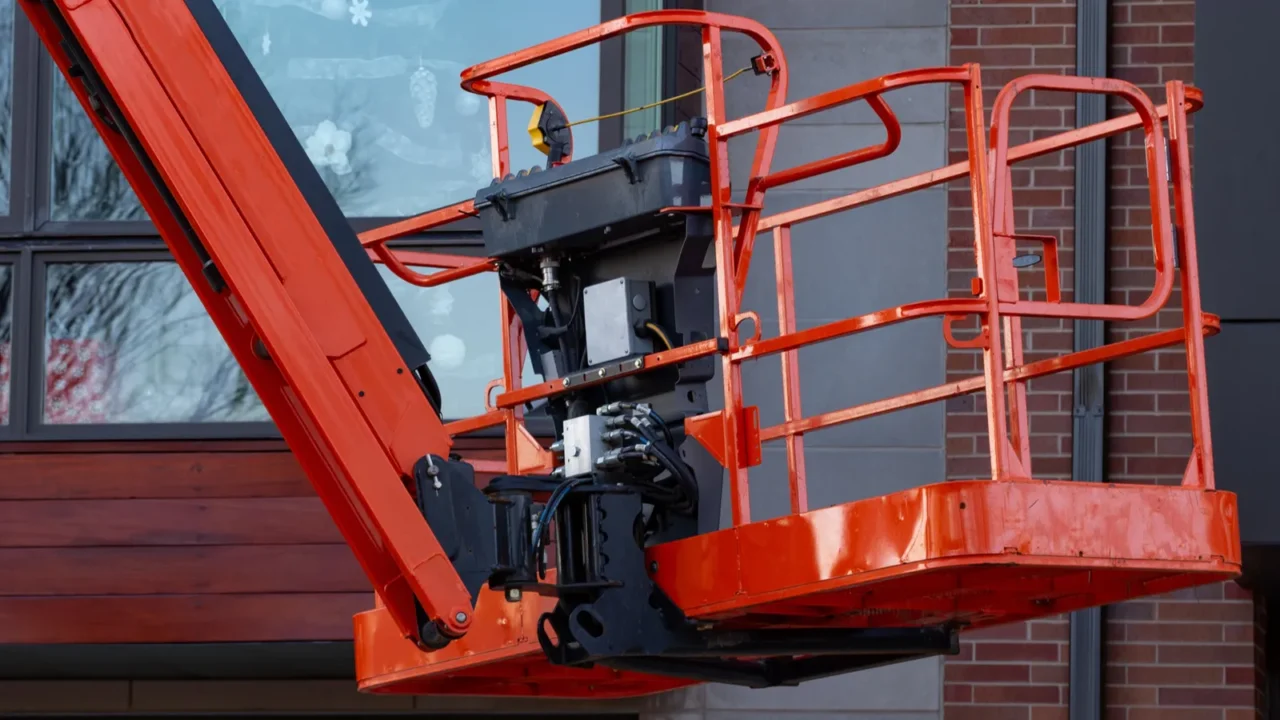
Thieves use industrial tools
Museum heists are becoming more sophisticated, with thieves using industrial-grade tools in broad daylight. At the Louvre, the thieves used a truck-mounted hydraulic lift (monte-meuble) to access the second-floor balcony.
This “grab-and-go” theft method has become more common, raising concerns about the safety of priceless treasures even in highly secured museums.
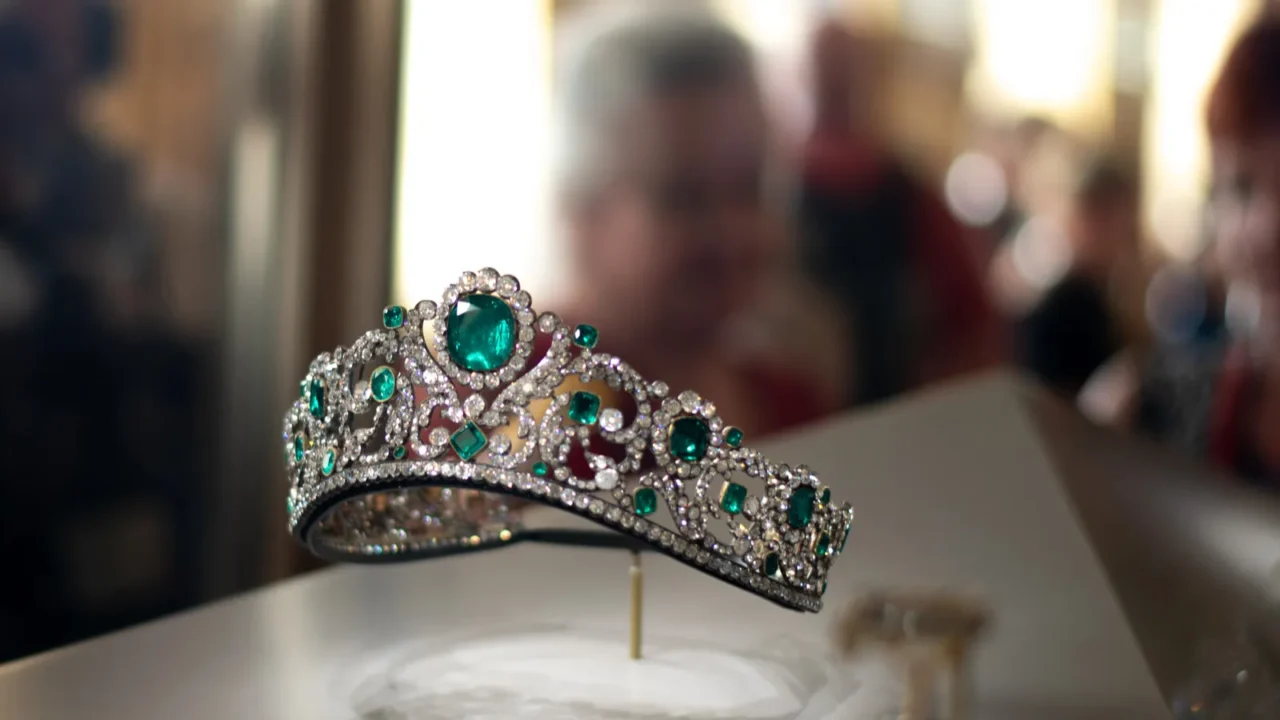
A new kind of museum theft
While thieves once targeted famous paintings, jewels, and small artifacts, they are becoming the focus of modern-day heists. These items can be quickly melted down and sold, making them easier to move on the black market.
Unlike paintings, which are easily recognizable and harder to sell, smaller treasures can disappear without a trace, making them the new targets for criminals. The heist took about 7 minutes.
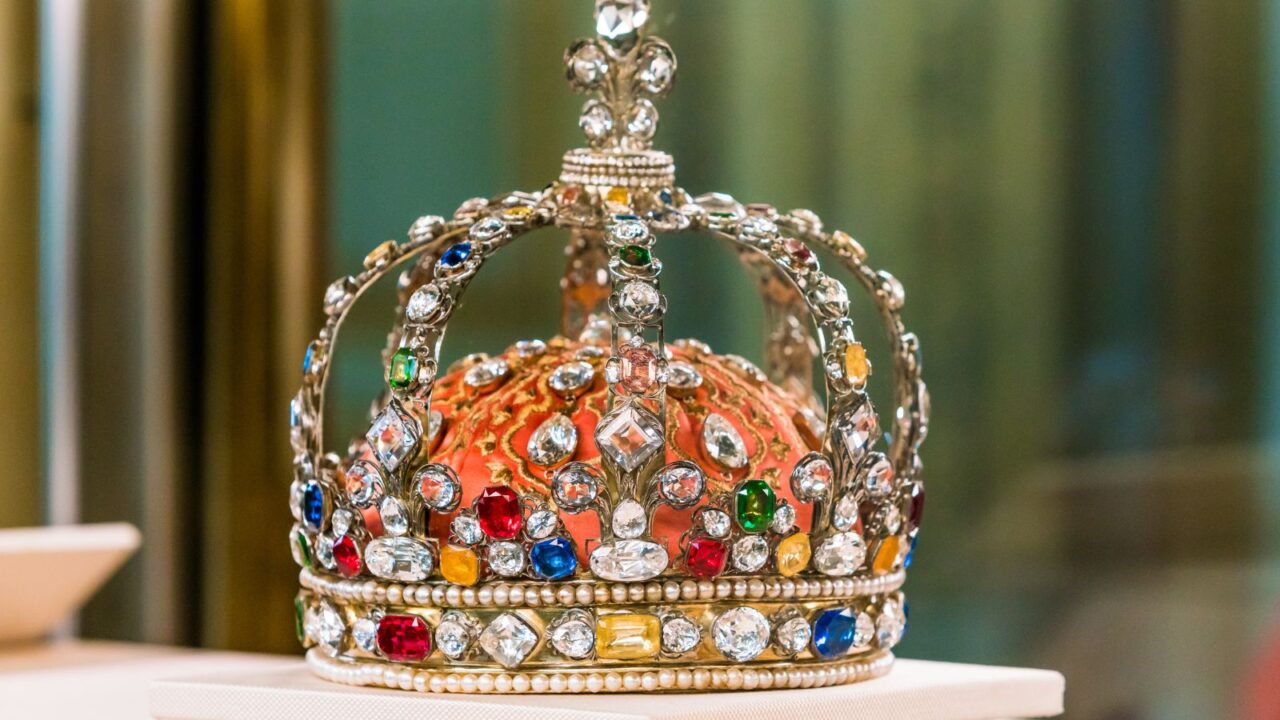
What jewels were stolen?
According to the Ministry of Culture, eight items were stolen from the Louvre, including diadems, necklaces, earrings, and brooches from the 19th‑century. These jewels once belonged to French royalty and imperial rulers, such as Empress Eugénie and Empress Marie Louise.
Among the stolen items were a tiara and brooch from Empress Eugénie, an emerald necklace and earrings from Empress Marie Louise, and a sapphire set that belonged to Queen Marie-Amelie and Queen Hortense.

Systemic failures, the true blame behind the heist
While the thieves who stole Napoleonic jewels from the Louvre Museum in October 2025 are criminally responsible, the heist points to deeper institutional flaws. Key security weaknesses were exposed, including outdated equipment and inadequate staff levels, contributing directly to the crime.
Reports revealed that the museum’s CCTV systems were outdated, windows were not properly secured, and essential security upgrades had been delayed.
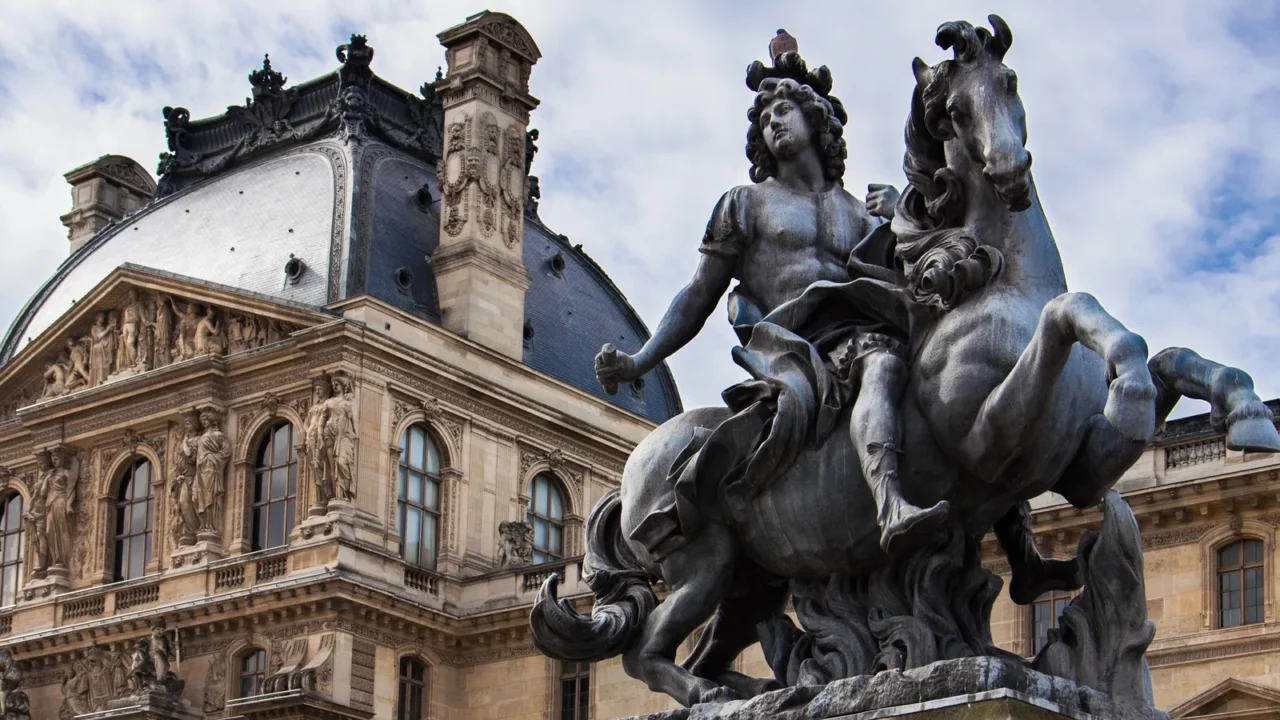
A cultural blow to France
The theft of Napoleonic jewels is a deep cultural loss for France. These treasures are tied to the nation’s history and national identity, and their theft is seen as an attack on that heritage.
French President Emmanuel Macron condemned the crime, and many in the public share the sentiment, seeing the robbery as a blow to France’s cultural pride.

The rise of cultural terrorism
Art crime historian Laura Evans called the Louvre heist an act of “cultural terrorism.” The term reflects the significance of the stolen items and the deliberate, militaristic way the crime was carried out.
The heist has sparked fears that this could signal an escalation in museum robberies, with thieves increasingly targeting culturally significant treasures using advanced methods.
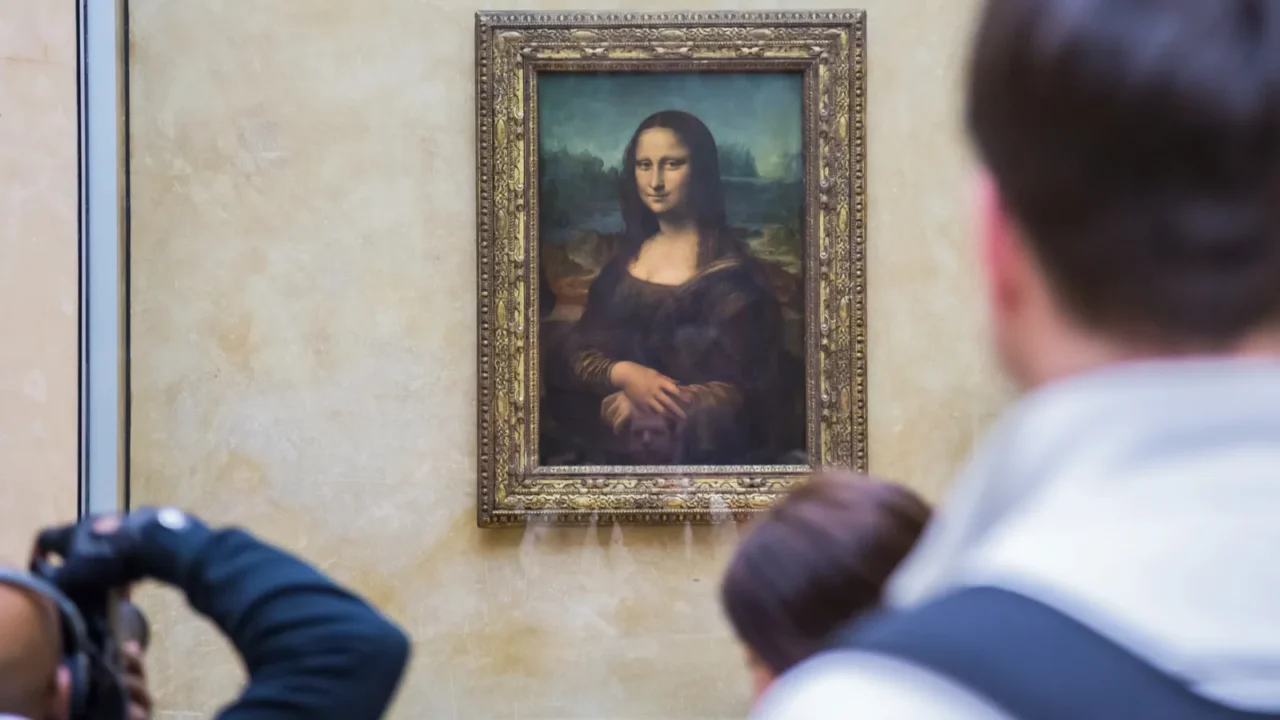
Heists of the past
Museum robberies have long captured the public’s imagination. One of the most famous heists occurred in 1911 when the Mona Lisa was stolen from the Louvre, only to be recovered two years later.
In 1990, the Isabella Stewart Gardner Museum saw the largest art theft in history, with works by Rembrandt and Vermeer still missing today, adding to the lore of museum heists.
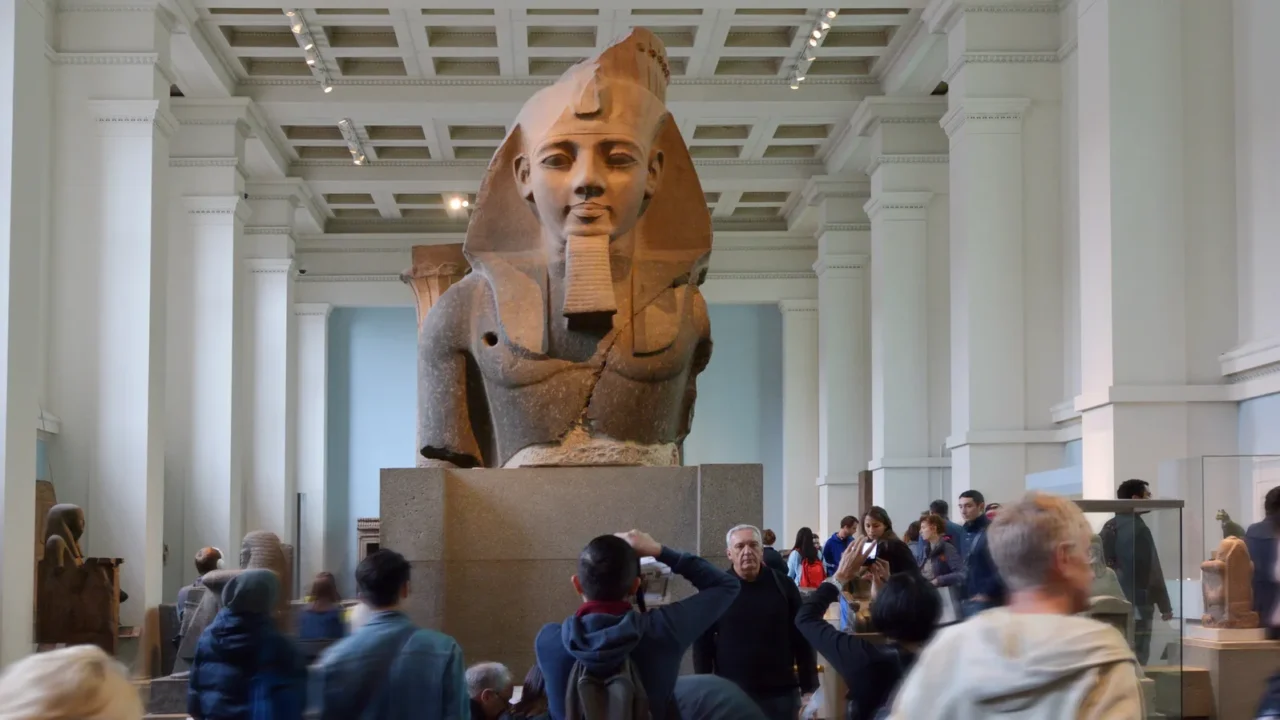
High-profile targets worldwide
The Louvre is not the only museum at risk. Other institutions like the British Museum, the Vatican Museums, and the Metropolitan Museum of Art hold priceless artifacts that are vulnerable to theft.
These institutions must remain vigilant as they house treasures that could attract thieves eager to sell rare artifacts on the black market. The risk extends beyond just one museum, highlighting the need for enhanced security at cultural landmarks worldwide.
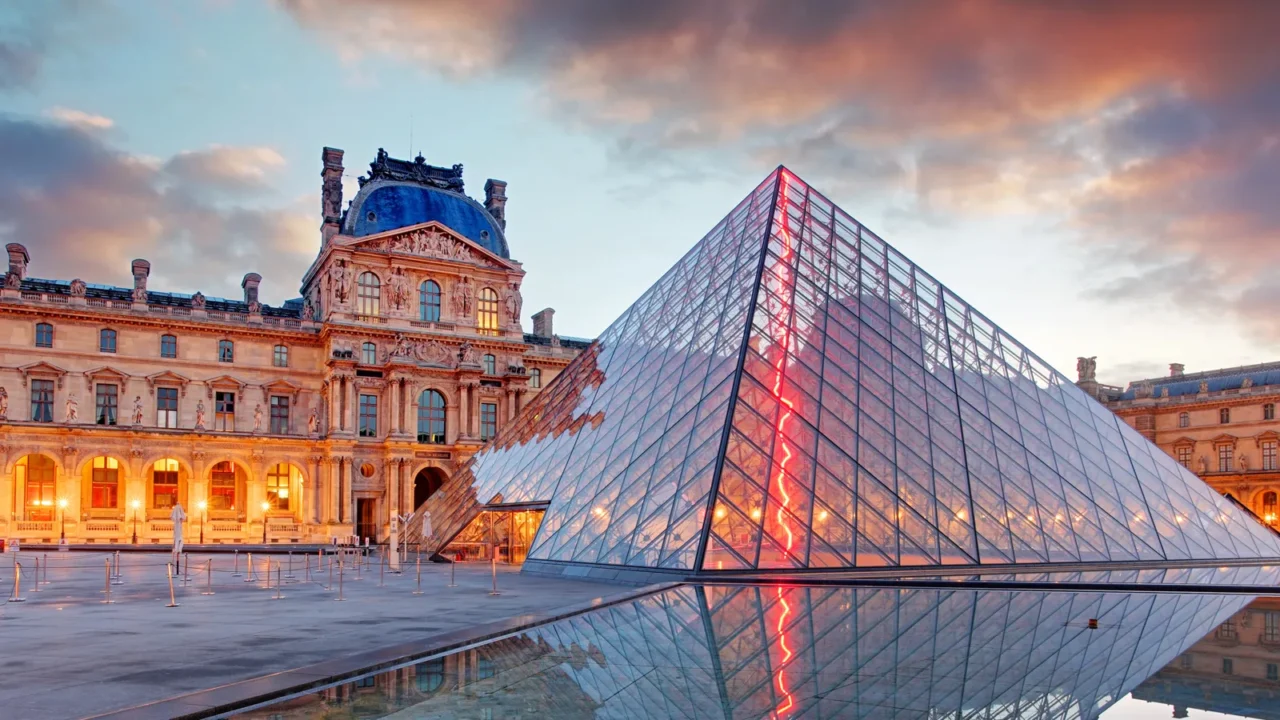
When will the Louvre reopen?
The Louvre remains closed on Mondays as investigations into the recent robbery continue. Visitors with booked tickets are being automatically refunded, while police and security personnel are stationed around the museum’s iconic glass pyramid entrance.
No specific reopening date has been announced; the museum remains closed while investigations continue, and ticket holders are being refunded. Updates on its status are pending as authorities work to ensure the museum’s security.

Technology in the fight against theft
Experts are calling for the use of advanced technology in museum security, such as biometric scans and motion sensors. Museums like the Louvre are likely to invest in these technologies to prevent future heists.
By incorporating cutting-edge security measures, museums can better protect their collections while still allowing visitors to engage with the art in meaningful ways.

The black market for stolen art
Stolen artifacts often end up on the black market, where they can fetch millions of dollars. The demand for rare and valuable objects fuels this illegal trade, making cultural treasures an attractive target for thieves.
While stolen paintings are difficult to sell due to their recognizability, smaller items like jewels are far more liquid, making them easier to offload quickly.
Despite recent events, the Louvre still stands unique with its grand interior, showcasing an unmatched cultural heritage.
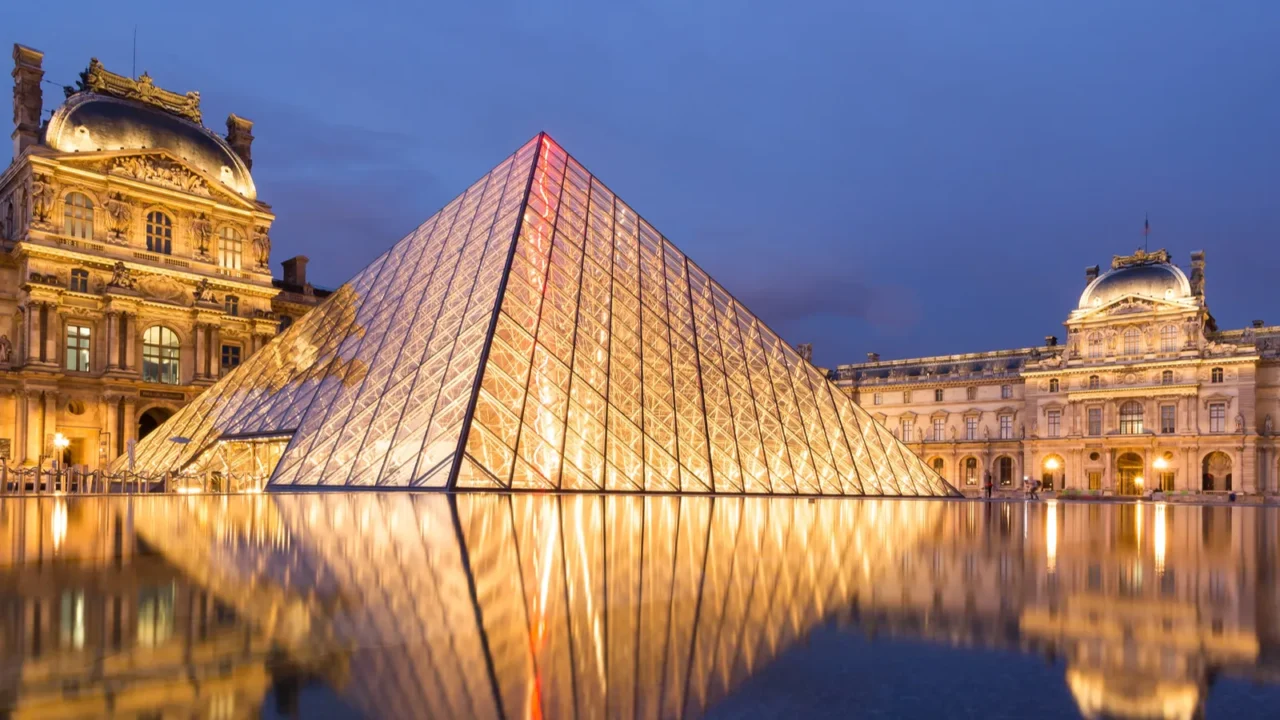
International cooperation on art theft
To combat the growing threat of art theft, international cooperation is essential. Agencies like Interpol and cultural institutions are working together to track stolen pieces and prevent them from being sold.
Interpol has already added the stolen Napoleonic jewels to its database, helping authorities worldwide monitor and recover missing cultural items. The Louvre robbery serves as a wake-up call for museums to reassess their security measures.
Discover next the 10 jaw-dropping beachside sculptures and art hotels to experience in 2025.
Share your thoughts on the Louvre robbery and what measures you think museums should take to prevent future heists.
Read More From This Brand:
- How to travel the world on $50 a day
- Best lazy rivers in the U.S. for a perfect summer float
- Why Rio and Machu Picchu Are the Bucket List Duo of 2025
Don’t forget to follow us for more exclusive content right here on MSN.
This slideshow was made with AI assistance and human editing.